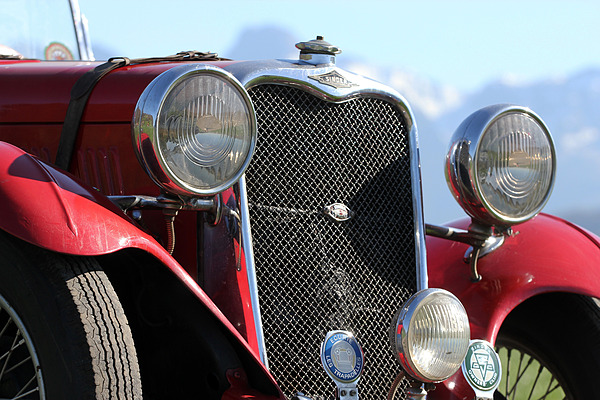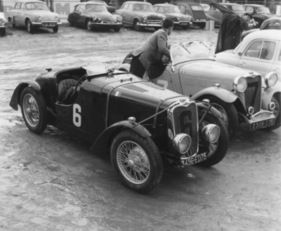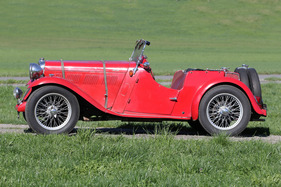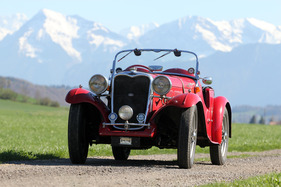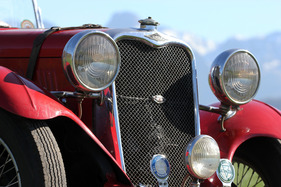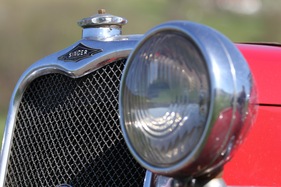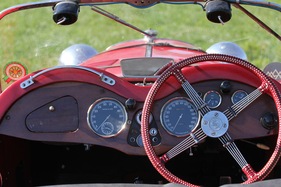Singer Nine Le Mans - pioneer with Le Mans racing history
Summary
The Singer Nine Le Mans was a direct descendant of the car that made Singer famous in the motorsport world in 1932. With an overhead camshaft and hydraulic brakes, Singer was ahead of the competition. Even today, the small vehicle continues to inspire and is also an exceptionally rare sports car.
This article contains the following chapters
- From the beginnings of car production at Singer
- The success of Le Mans 1933
- The derivation for the road
- More power and further improvements
- Enthusiastic comments from the press
- Start, ride, enjoy
- Rarely, especially in this country
- Technical data
- Further information
Estimated reading time: 7min
Preview (beginning of the article)
For many, if not most, a Singer Nine Le Mans will look like a twin of the MG TA/TB/TC sports cars, but it was the Singer sports car that shaped the competition and not the other way around. The Singer had to be beaten in competitions. Technically, the Singer was the pioneer with its overhead camshaft and hydraulic brakes. But first let's take a look back. In 1875, the gifted engineer George Singer founded his own company and began manufacturing bicycles. In just a few years, he became the world's largest bicycle manufacturer, but George aspired to something else and began building engines. He built a motorized bicycle with three wheels that already had aluminium rims, as Ettore Bugatti later used on his racing cars. The developments went on and on.
Continue reading this article for free?
Photos of this article






